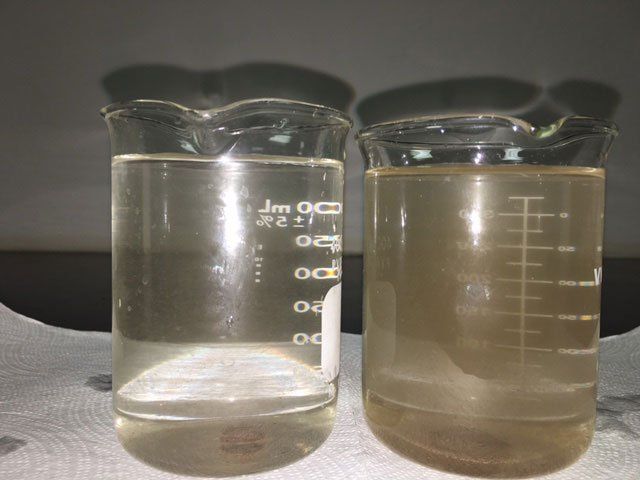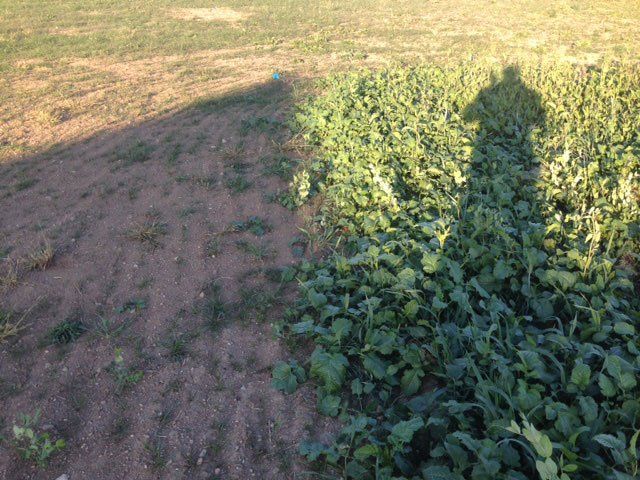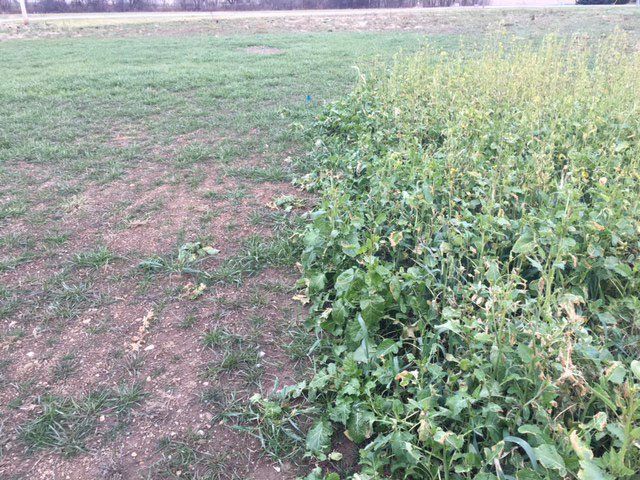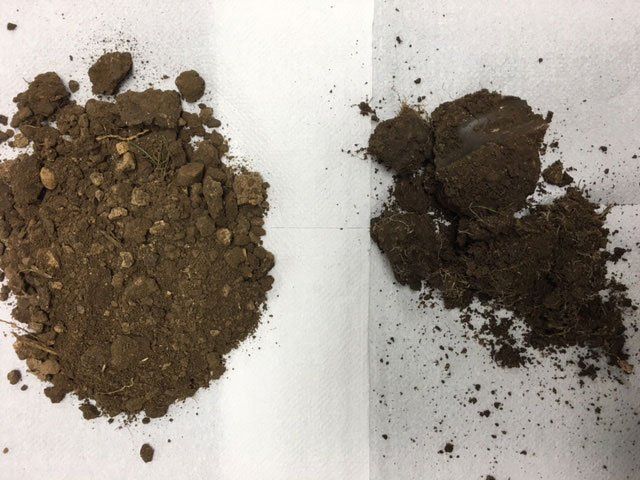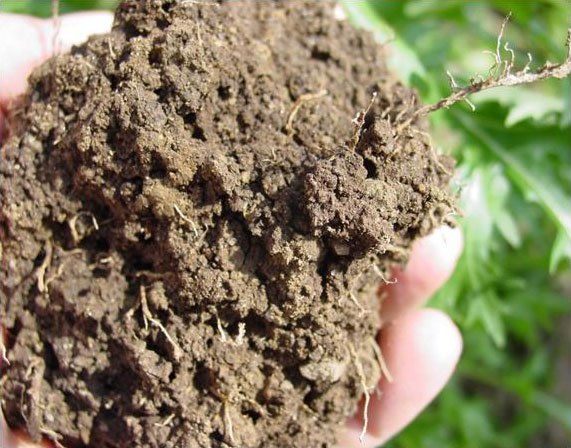SOIL HEALTH TESTING
SOIL HEALTH TEST
The soil health test is an integrated approach to soil testing using chemical and biological soil test data; it is designed to mimic nature’s approach to soil nutrient availability as best we can in the lab. This tool is the culmination of nearly 20 years of research in soil fertility and many believe that it represents the next step in soil testing for the 21st century.
VIEW SAMPLE REPORT
This tool is designed to answer some simple questions about the soil:
- What is your soil’s condition?
- Is your soil in balance?
- What can you do to help your soil?
The soil health test is designed to work with any soil under any management scenario because the program asks simple, universally applicable questions. The methods use nature’s biology and chemistry by using a soil microbial activity indicator, a soil water extract (nature’s solvent), and the organic acid extractant H3A, which mimics the production of organic acids by living plant roots to temporarily change the pH in the area around the roots thereby increasing nutrient availability. These organic acids are then broken down by soil microbes since they are an excellent source of carbon, which returns the soil’s pH to its natural, ambient level. The test uses an integrated approach to soil testing, reflecting the complex ecosystem of soil, instead of depending upon the narrow measurement of inorganic N, P, and K. The integrated approach is naturally controlled so that N and P will not exceed what is available from the organic N and organic P pools. In addition, micronutrient availabilities can be assessed along with a lime determination using an extraction that is much less “harsh” that current soil testing methodology. However, with that being said we do not have 50 years of research backing this information like we do with current soil testing methodology. We have approximately 2 years of data and will continue to refine and update this information as we move forward.
How can the soil test be used?
- It can be used to compare the condition of two farms that are being considered for purchase or rent. If purchase/rent price are the same then the farm with the best soil health indicators will have more “bang for the buck.”
- It can be used to assess a management practice (i.e. tillage versus no-tillage, cover crops versus no cover crops, manure versus no manure, etc…).
- The test can be used for trouble shooting “problem” areas within a field because it provides both biological and chemical information.
- The soil health test can be used to make N, P, K, and lime recommendations (it can do micronutrients too, but since the methodology is so new we are still learning the exact “critical” levels).
New Paragraph
CONTACT
200 White Mountain Drive New Bremen, OH 45869
Phone: 419-977-2766
Email:
info@blinc.com





